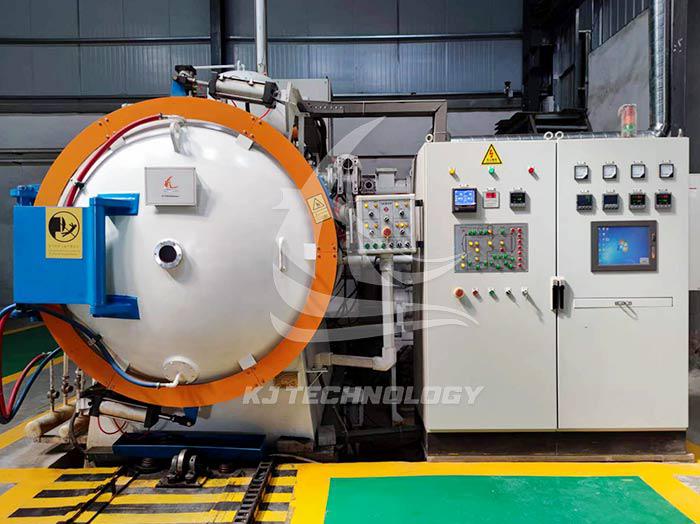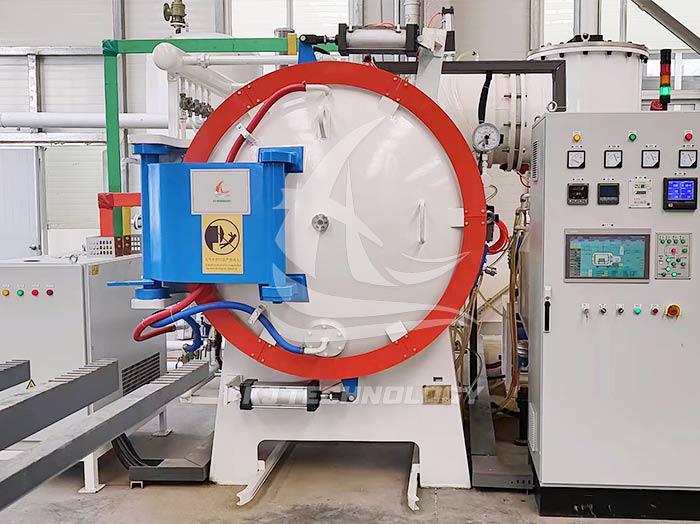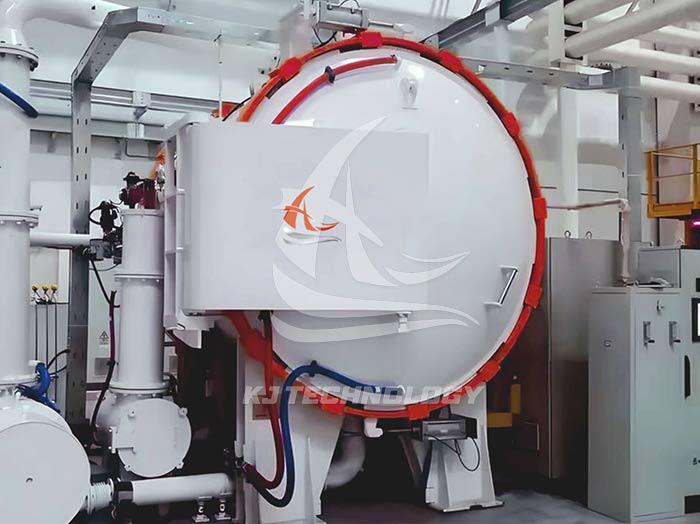How to maintain a high vacuum hot press furnace in daily life?
 06-24-2025 Author: KJ technology
06-24-2025 Author: KJ technology
The daily maintenance of a high vacuum hot press furnace is crucial to ensure its stable performance and extend its service life. The following are detailed steps and suggestions for daily maintenance of high vacuum hot pressing furnaces:
1. Daily maintenance
Clean the exterior of the furnace:
Wipe the exterior of the furnace with a clean and soft cloth to remove dust and dirt, preventing them from entering the furnace and affecting the vacuum level and material quality.
Pay special attention to checking the furnace door sealing ring and removing impurities that may affect the sealing effect.
Check the vacuum system:
Observe the operating status of the vacuum pump, including sound, vibration, and temperature, to ensure its normal operation.
Check if the vacuum pipeline connection is tight and if there are any signs of leakage.
Record vacuum degree data, compare it with historical data, and promptly detect anomalies.
Check the heating system:
Confirm that the heating element (such as graphite heating element) is not damaged, deformed, or oxidized.
Check if the connection of temperature sensors (such as thermocouples) is secure and if the measured values are accurate.
Check the hydraulic system:
Observe the operation of the hydraulic pump and cylinder to ensure stable pressure and no leakage.
Check the hydraulic oil level and promptly replenish or replace the hydraulic oil.
2. Weekly maintenance
Deep cleaning of furnace:
Use a vacuum cleaner or specialized tool to clean the residue and dust inside the furnace to avoid contaminating subsequent experiments.
Check the inner wall and insulation layer of the furnace. If there is any damage or aging, it should be repaired or replaced in a timely manner.
Check the electrical system:
Check the electrical components inside the control cabinet, such as relays, contactors, etc., to ensure that they are not loose or corroded.
Clean the dust on electrical components to prevent short circuits or poor contacts caused by dust accumulation.
Lubricating moving parts:
Lubricate moving parts such as furnace doors and hydraulic cylinders to reduce wear and extend their service life.
3. Monthly maintenance
Calibration instruments and sensors:
Use standard instruments to calibrate temperature, pressure, and other instruments to ensure accurate measurements.
Check and calibrate the vacuum gauge to ensure the reliability of vacuum measurement.
Check the water cooling system:
Check the operating status of the water chiller, including water temperature, water pressure, and flow rate.
Clean the filter of the water cooling system to prevent blockage and affect the cooling effect.
Check if the water pipe connection is tight and if there is any leakage.
Thoroughly inspect the vacuum pump:
Conduct a comprehensive inspection of the vacuum pump, including oil level, oil quality, filter element, etc.
Replace the vacuum pump oil and filter element as needed to ensure stable performance.
4. Annual maintenance
Overhaul the furnace body and components:
Conduct a comprehensive inspection of the furnace body, repair or replace damaged components such as heating elements, insulation layers, etc.
Check and repair the sealing structure of the furnace door to ensure its sealing performance.
Update control system:
Check the software and hardware of the control system, update necessary drivers and firmware.
Conduct comprehensive testing on the control system to ensure its stability and reliability.
Security performance check:
Check the safety protection devices of the equipment, such as emergency stop buttons, overload protection, etc., to ensure their normal operation.
Conduct comprehensive safety performance testing on equipment, including electrical safety, mechanical safety, etc.








